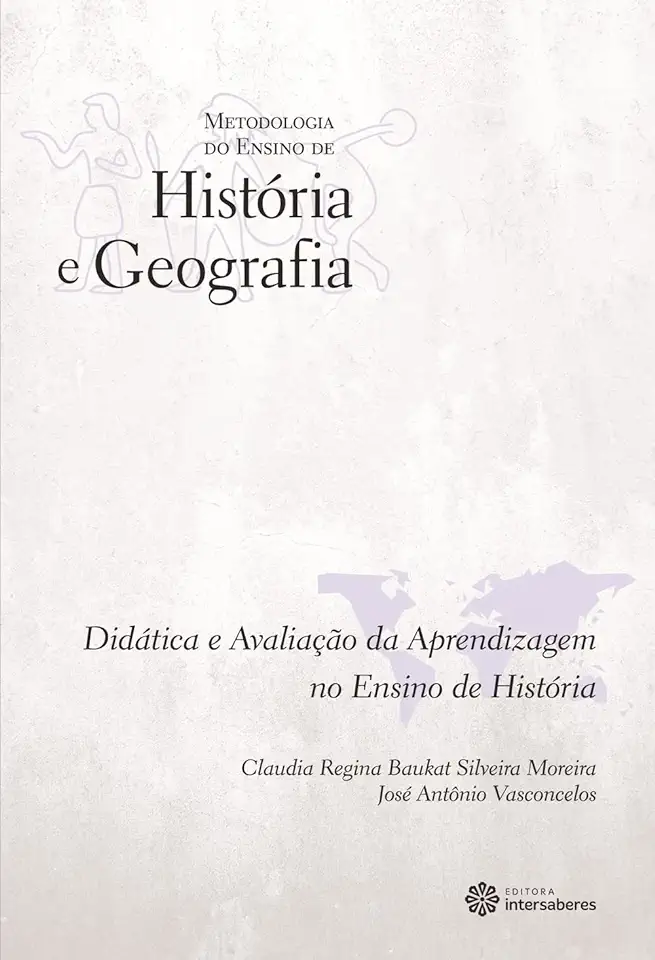
Teaching History Methodology - José Antônio Vasconcelos
Teaching History Methodology: A Comprehensive Guide for Educators
Introduction
In today's rapidly changing world, it is more important than ever for students to have a strong understanding of history. History education helps students develop critical thinking skills, understand different cultures, and make informed decisions about the future. However, teaching history can be a challenging task, especially for those who are new to the profession.
The Importance of History Education
History education is essential for a number of reasons. First, it helps students develop critical thinking skills. By studying history, students learn to analyze evidence, identify bias, and draw conclusions. These skills are essential for success in all areas of life, from the classroom to the workplace.
Second, history education helps students understand different cultures. By learning about the past, students gain a greater appreciation for the diversity of human experience. This understanding can help them to be more tolerant of others and to work together to build a more peaceful world.
Third, history education helps students make informed decisions about the future. By understanding the past, students can learn from the mistakes of others and make better choices for themselves and their communities.
Challenges of Teaching History
Despite its importance, teaching history can be a challenging task. There are a number of challenges that teachers face, including:
- The vastness of history. There is simply too much history to cover in a single school year. Teachers must carefully select the most important topics to teach and find ways to make them relevant to students' lives.
- The complexity of history. History is often complex and multifaceted. Teachers must be able to simplify complex concepts without oversimplifying them. They must also be able to present history in a way that is both accurate and engaging.
- The bias of history. History is often written from the perspective of the victors. Teachers must be aware of this bias and present history in a way that is fair and balanced.
Teaching History Effectively
Despite the challenges, there are a number of ways to teach history effectively. Some of the most effective methods include:
- Using primary sources. Primary sources, such as letters, diaries, and speeches, can help students to connect with the past and to understand the perspectives of people who lived in different times.
- Encouraging active learning. Students learn best when they are actively engaged in the learning process. Teachers can encourage active learning by using a variety of teaching methods, such as simulations, role-playing, and debates.
- Making history relevant. Students are more likely to be interested in history if they can see how it is relevant to their own lives. Teachers can make history relevant by connecting it to current events, popular culture, and personal experiences.
Conclusion
Teaching history is a challenging but rewarding profession. By using effective teaching methods, teachers can help students develop critical thinking skills, understand different cultures, and make informed decisions about the future.
Call to Action
If you are interested in learning more about teaching history, I encourage you to read my book, "Teaching History Methodology." This book provides a comprehensive overview of the challenges and rewards of teaching history. It also offers a variety of practical tips and strategies for effective teaching.
Order your copy of "Teaching History Methodology" today and start your journey to becoming a great history teacher!